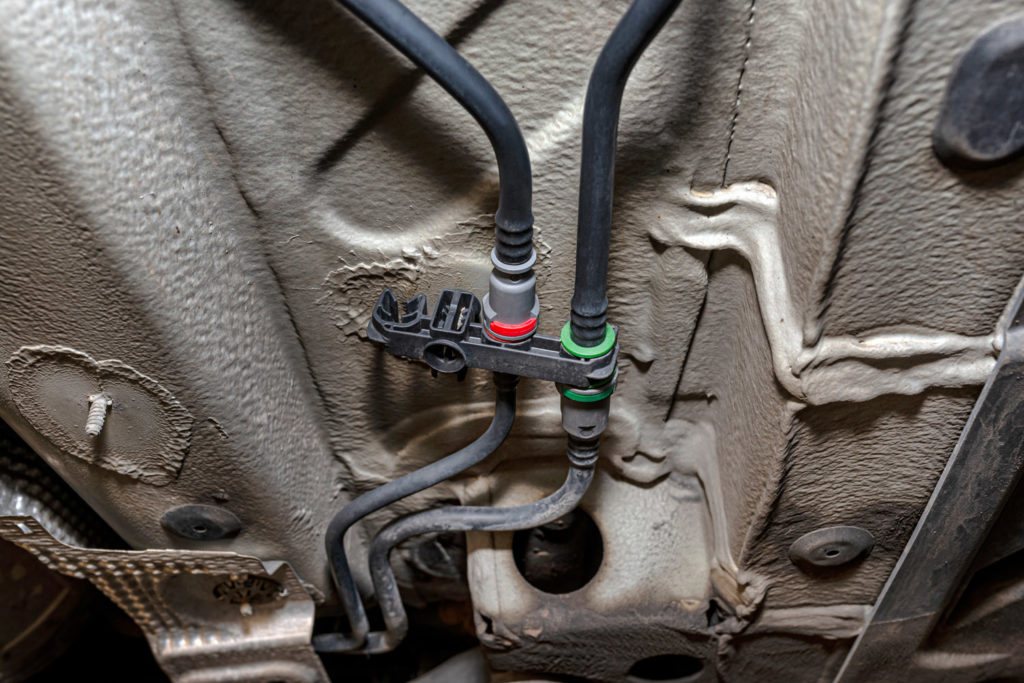Are you worried about your vehicle’s emissions? Check the onboard diagnostic (OBD) system of your vehicle with a scan tool for any stored trouble codes. If your vehicle has triggered the P2401 OBD-II code, then there’s a chance its evaporative emissions system is faulty. Learn about its definition, common causes, and common symptoms in this article.
What Does the P2401 Code Mean?
Diagnostic trouble code (DTC) P2401 code is defined as Evaporative Emission System Leak Detection Pump Control Circuit Low. The powertrain control module (PCM) triggers the P2401 code when it detects the leak detection pump isn’t activating when requested. The leak detection pump is responsible for creating a vacuum in the evaporative emissions (EVAP) system to check for potential leaks. The leak detection pump is part of the EVAP system, which is responsible for preventing fuel vapors from escaping into the atmosphere.

Note: The definition of the P2401 code can be different depending on the vehicle manufacturer. Consult the appropriate repair manual or repair database for the exact code definition.
What are the Common Causes of the P2401 Code?
The P2401 code is typically caused by an issue with the EVAP system. It can also be caused by the following:
- Failed leak detection pump
- Leaking vapor lines
- Faulty wiring
- Faulty PCM

What are the Common Symptoms of the P2401 Code?
The P2401 code hardly shows any symptoms. You’ll only most likely see an illuminated check engine light or smell fuel. Your vehicle might also fail an emissions test.
How to Diagnose the P2401 Code
While the definition of the P2401 code implies that the fault is with the leak detection pump, this is not always the case. To resolve this diagnostic trouble code, you must first identify the root cause. This may require a visual examination of the concerned components. This task could also require the use of specialized equipment and knowledge. If you’re new to DIY repairs, we recommend that you seek the assistance of a professional mechanic.

How to Fix the P2401 Code
OBD-II codes can be caused by a variety of problems, so there is no single way to fix them. You must first obtain an accurate diagnosis in order to determine the best course of action.
Once you’ve determined the cause of the P2401 code, you can look for solutions from credible internet repair resources and how-to guides. When troubleshooting and repairing diagnostic codes, always refer to your vehicle’s repair manual.
Chilton repair manuals are also beneficial. ALLDATA subscriptions, on the other hand, are even better because they include precise factory repair information for drivers who want to conduct their own repairs.
If you don’t have much expertise in diagnosing or repairing issue codes, it’s best to see a professional mechanic.
Any information provided on this Website is for informational purposes only and is not intended to replace consultation with a professional mechanic. The accuracy and timeliness of the information may change from the time of publication.















